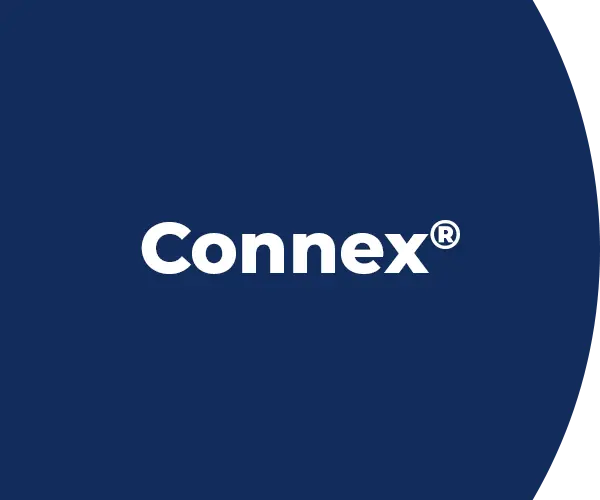Text Ads vs. Shopping Ads: The Power of an Integrated Search Approach
One of the largest challenges that eCommerce-focused brands face is understanding how to leverage all the different types of advertising that traditional search engines offer. More specifically, when should a brand invest in shopping ads vs. text ads? By leveraging Rise’s proprietary analytics platform, Connex®, we have developed unique ways of helping brands draw clear lines between when to use shopping, when to use text, and when to use both.
Key Differences of Shopping Ads vs. Text Ads
Although shopping and text ads appear on the same page of search results, there are some key differences to how they are managed. While text ads come with a high degree of flexibility around landing pages, ad copy, headlines, and keywords to bid on, shopping ads are a bit more rigid.
Shopping ads, also called Product Listing Ads (PLA), are primarily driven by a feed that is created based on the products on a brand’s website. The products contained within the feed are put into groups and those product groups are then bid on by an advertiser. When running shopping ads, brands must drive to a specific product detail page (PDP), whereas text ads can be sent either to a PDP or a general category/sub-category landing page. Due to these differences, there is significant value for brands that can develop an integrated approach using the different formats to accomplish different objectives.
Source: WordStream
Understanding Keyword Intent and Performance
One way to develop an integrated approach is to take every keyword and product that is active and assign an ‘intent’ to it. First, start by mapping out different objectives. This would be determining which are better suited for a category-based search vs. a product-based search. For example, a category-based search could be the keyword “mens jeans” while a product-based search could be “mens levis 211.” For product-based searches, shopping ad campaigns will almost always outperform text campaigns. However, for general category-based searches, it is very difficult to match someone searching for “mens jeans” to their exact desired product.
More Keyword Match Type Changes Coming for Google Ads
Google has updated matching behavior for phrase and broad match modified keywords. See how these changes can affect your Google Ads and what you should do next.

Secondly, it is important to determine the different levels of competition for each keyword. If historical performance shows that a specific product-based search is highly competitive and driving an increase in cost-per-clicks, then it may be worth implementing a strategy to test text ads for similar search queries to compare performance between the two tactics. Additionally, shopping ads that contain the most price competitive offers typically generate the best return.
How to Drive Optimizations
Creating a holistic strategy that prioritizes both shopping and text ad campaign data can be challenging, especially accessing integrated insights that help drive decision making about when to use each ad format. In order to solve these challenges, Rise developed Connex®, our proprietary reporting and analytics technology that aggregates data across dozens of sources. By having access to millions of data points within one platform, it enables our team and our clients to identify better insights faster than the competition.
By leveraging Connex®, we can find opportunities to move budget between shopping and text ads at a high-level (Google shopping vs. text or Bing shopping vs. text), as well as at a granular level (product or product group). We’ve also developed reports that, with one click of a button, identify wasted text ad spend and identify exactly where to re-deploy that spend if there’s a more efficient or better performing area within a shopping ad (and vice-versa). Below is a snapshot of Connex® showing a simple example of the performance between text and shopping ads at the product sub-category level.
Additionally, shopping ad performance is highly driven by the visuals. Not only does the product image occupy the majority of the shopping ad real estate, but also the creative and prices are prominently featured side-by-side amongst competitors. If advertisers are not confident in the visual support for certain products within their feed, it might make sense to re-funnel that spend into text ads. Within shopping ads, advertisers should also prioritize optimizing products with the most competitive price points to drive better performance.
Whether spending a higher percentage of your paid search budget in shopping or in text, the eCommerce-focused brands that are taking an integrated approach to their search campaigns have the competitive edge.
To consistently beat back competition, however, marketers need a real-time understanding of the specific ads, campaigns, keywords, products, and channels driving the greatest return on business goals. That’s why we built Connex Alerts, proactive intelligence built directly into our media optimization platform to detect and alert marketers to media anomalies. Instead of sifting through millions of data points, marketers using Connex Alerts can customize the thresholds and cadences needed to truly optimize their integrated approach. In this case, Connex Alerts can notify marketers via text, email, and Slack to the Search and Shopping Ads beating ROAS goals with room to push spend (and drive revenue) even more.
Connex is the industry’s most robust media optimization platform, maximizing marketing investments through automated cross-channel management.
Get Cross-Platform Insights, Proactive Intelligence and Automated Optimization.
Contact Rise today to learn how much you can save and re-allocate by developing an integrated text and shopping ad strategy.





